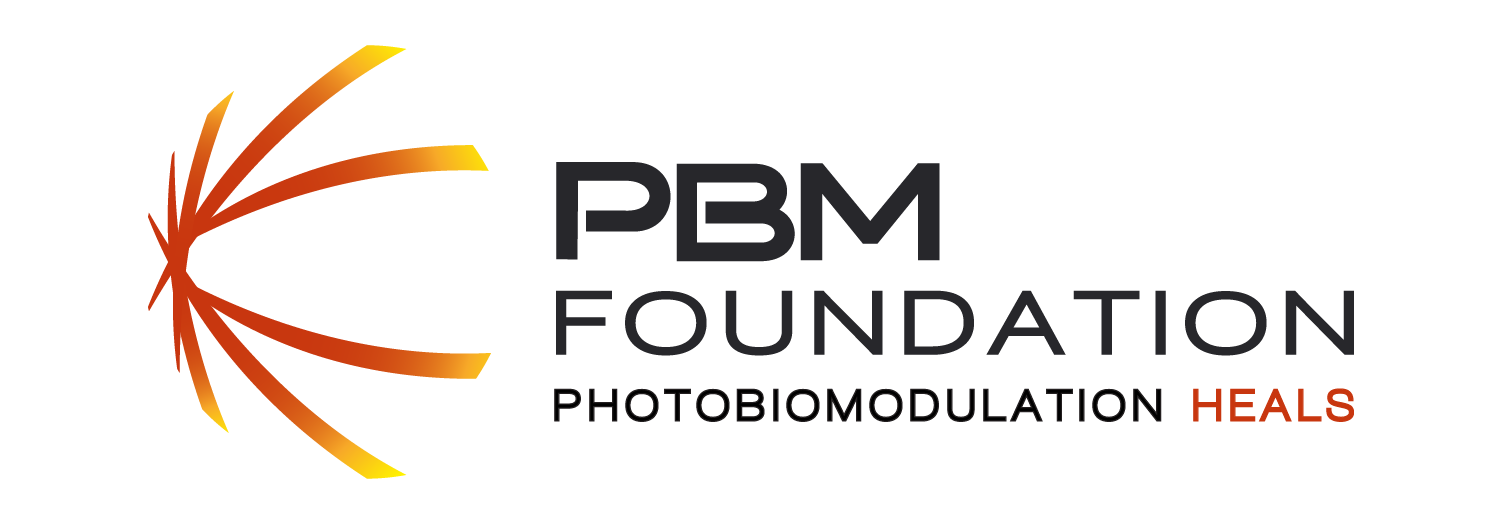Photobiomodulation as a promising new tool in the management of psychological disorders: A systematic review
Abstract: Photobiomodulation is a brain modulation technique that has become a promising treatment for multiple pathologies. This systematic review collects studies up to 2019 about the beneficial effects of photobiomodulation as a therapy for treating psychological disorders and a tool for modulating cognitive processes. This technique is mostly used for the treatment of depression and stress, as well as to study its effects on psychological variables in healthy subjects. Despite the lack of parameters used, photobiomodulation seems to achieve enough brain penetration to produce beneficial effects in healthy subjects and patients with multiple pathologies. The best parameters are the wavelengths of 810 nm for the treatment of depression and 1064 nm for cognitive enhancement, along with a scalp irradiance of 250 mW/cm2 and a scalp yield of 60 J/cm2. It weekly application on the bilateral prefrontal area and the default mode network seems to be ideal for the maintenance of the effects. Photobiomodulation could be used as an effective and safe therapy for the treatment of multiple psychological pathologies.
